Home>Furniture & Design>Outdoor Furniture>How To Waterproof Outdoor Wood Furniture
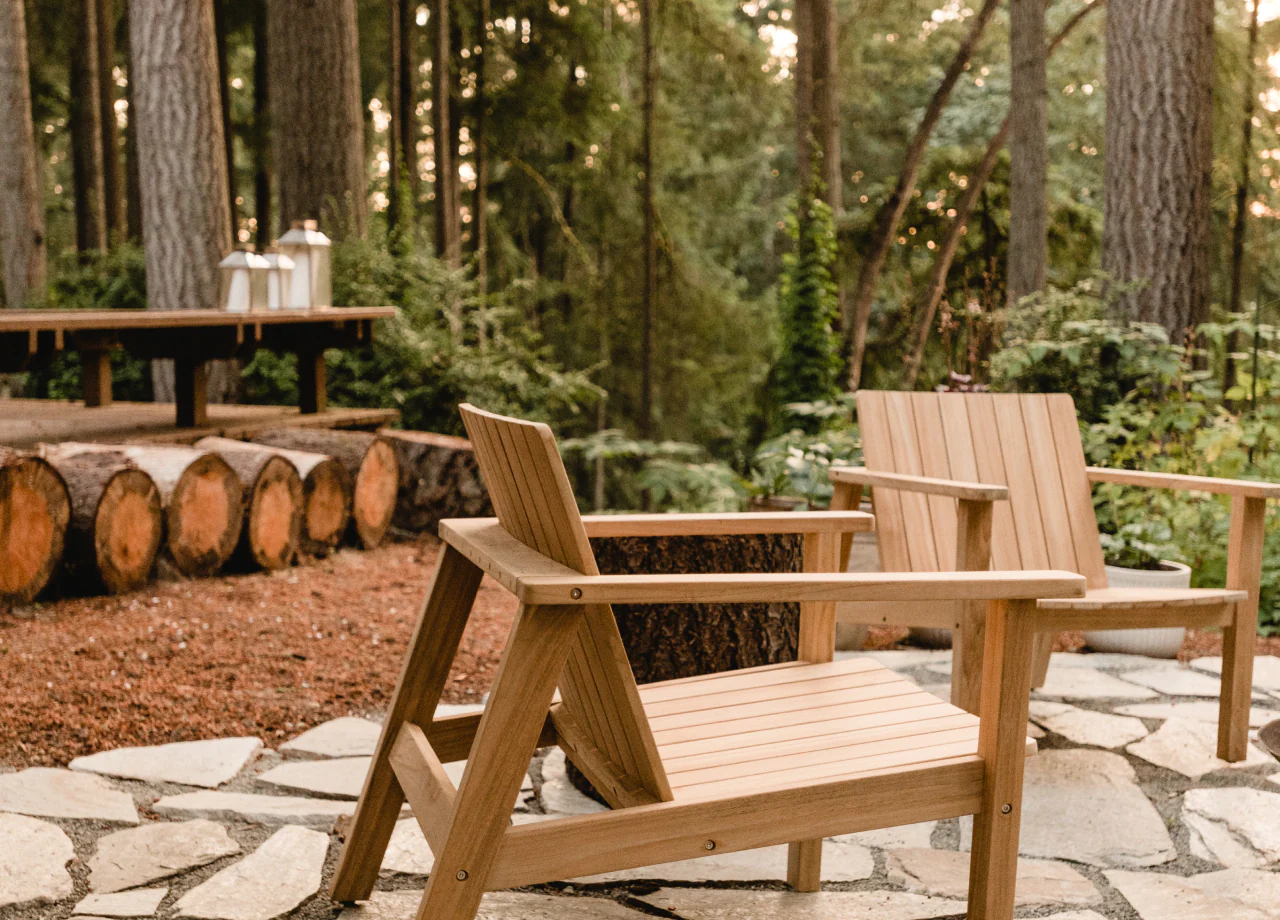

Outdoor Furniture
How To Waterproof Outdoor Wood Furniture
Published: February 12, 2024
Learn how to effectively waterproof your outdoor wood furniture to keep it looking great for years to come. Our expert tips will help you protect your outdoor furniture investment. Discover the best methods for waterproofing outdoor wood furniture.
(Many of the links in this article redirect to a specific reviewed product. Your purchase of these products through affiliate links helps to generate commission for Storables.com, at no extra cost. Learn more)
**
Introduction
**
When it comes to outdoor furniture, wood is a timeless and versatile choice. Whether it's a classic Adirondack chair, a sleek dining set, or a cozy bench, wooden outdoor furniture adds warmth and natural beauty to any outdoor space. However, to ensure that your wooden outdoor furniture remains in top condition for years to come, it's crucial to take proactive measures to protect it from the elements. One of the most essential steps in this regard is waterproofing.
In this comprehensive guide, we will delve into the art of waterproofing outdoor wood furniture. From understanding the importance of waterproofing to choosing the right products, preparing the wood surface, applying waterproofing sealant, and maintaining the furniture, we will cover every aspect to help you preserve the beauty and integrity of your outdoor wooden pieces.
So, whether you're a seasoned DIY enthusiast or a novice looking to safeguard your outdoor wood furniture investment, this guide will equip you with the knowledge and insights needed to embark on this essential maintenance journey. Let's dive in and explore the world of outdoor wood furniture waterproofing together.
Key Takeaways:
- Protecting outdoor wood furniture from moisture with waterproofing sealants preserves its beauty, durability, and safety, ensuring a long-lasting and enjoyable outdoor living experience.
- Regular maintenance, including cleaning, spot-treating, and reapplying sealant as needed, is crucial for extending the life and allure of waterproofed wood furniture in outdoor spaces.
Understanding the Importance of Waterproofing
Imagine a picturesque outdoor setting with a wooden dining set bathed in warm sunlight, offering the perfect spot for al fresco gatherings. However, without proper waterproofing, this idyllic scene could quickly turn into a maintenance nightmare. Wood, while inherently durable, is susceptible to moisture, which can lead to a host of issues such as rot, mold, mildew, and warping. This is especially true for outdoor wood furniture, as it is constantly exposed to the elements, including rain, humidity, and fluctuating temperatures.
By waterproofing your outdoor wood furniture, you create a protective barrier that shields it from the detrimental effects of moisture. This not only prolongs the lifespan of the furniture but also maintains its aesthetic appeal and structural integrity. Additionally, waterproofing helps prevent the wood from drying out and cracking under the sun's intense rays, ensuring that it remains strong and resilient over time.
Furthermore, waterproofing contributes to the overall safety of the furniture. Moisture can seep into untreated wood, making it slippery and prone to splintering, which poses a hazard to anyone using the furniture. By applying a waterproof sealant, you enhance the traction and safety of the wood, making it more enjoyable and secure for everyone.
From a design perspective, waterproofing allows you to preserve the natural beauty of the wood. It accentuates the wood grain, enriches the color, and maintains the smooth texture, elevating the visual appeal of the furniture. Whether you prefer a rustic, weathered look or a polished, contemporary finish, waterproofing enables you to achieve and maintain the desired aesthetic for your outdoor space.
Ultimately, waterproofing outdoor wood furniture is not just about protection; it is about investing in the longevity, safety, and beauty of your outdoor living environment. With a clear understanding of the significance of waterproofing, you are ready to explore the next crucial step: choosing the right products for the task.
Choosing the Right Waterproofing Products
When it comes to waterproofing outdoor wood furniture, selecting the right products is paramount to achieving lasting results. With a myriad of options available, ranging from oils and sealants to stains and paints, it’s essential to consider factors such as the wood type, desired finish, and environmental exposure.
One of the most popular choices for waterproofing wood furniture is exterior-grade polyurethane. This versatile sealant forms a protective, water-resistant layer on the wood surface, shielding it from moisture and UV damage. It is available in various finishes, from glossy to satin, allowing you to customize the look while ensuring robust protection.
If you prefer a more natural look, penetrating oils such as tung oil and linseed oil are excellent options. These oils seep into the wood fibers, enhancing its natural beauty while providing a degree of waterproofing. They are particularly well-suited for hardwoods like teak and mahogany, offering deep penetration and long-lasting protection against the elements.
Another popular choice for outdoor wood furniture is marine-grade varnish. Designed to withstand the rigors of marine environments, this durable varnish provides exceptional waterproofing and UV protection. It is ideal for high-exposure areas and offers a glossy, lustrous finish that accentuates the wood grain.
For a more eco-friendly approach, consider water-based sealants and finishes. These products offer low VOC emissions and easy cleanup while providing effective waterproofing for outdoor wood furniture. They come in a range of finishes and are suitable for various wood types, making them a versatile and sustainable choice.
Before making a selection, it’s crucial to assess the specific needs of your outdoor wood furniture. Consider the wood species, climate conditions, and intended use of the furniture. Additionally, always follow the manufacturer’s recommendations and application instructions to ensure optimal performance and longevity.
By choosing the right waterproofing products tailored to your furniture and environmental factors, you lay a solid foundation for preserving the beauty and durability of your outdoor wood pieces. With the products in hand, the next step is preparing the wood surface for waterproofing, a crucial prelude to achieving a flawless finish.
Preparing the Wood Surface
Before applying any waterproofing treatment to your outdoor wood furniture, it is essential to prepare the wood surface to ensure optimal adhesion and long-lasting results. Proper preparation not only enhances the effectiveness of the waterproofing product but also helps to revive the natural beauty of the wood.
Begin by thoroughly cleaning the furniture to remove any dirt, grime, and mildew that may have accumulated. A gentle scrub with a mixture of mild soap and water, followed by rinsing and allowing the wood to dry completely, will create a clean and receptive surface for the waterproofing treatment.
Once the furniture is clean and dry, inspect the wood for any signs of damage, such as cracks, splinters, or rough patches. Sanding the surface with fine-grit sandpaper will smooth out imperfections, remove any existing finish, and open the pores of the wood, promoting better absorption of the waterproofing product.
If the wood furniture has previously been treated with a sealant or finish, it is crucial to strip off the old layers before applying a new waterproofing treatment. This can be achieved through sanding, using a chemical paint stripper, or employing a power washer, depending on the type of existing finish and the condition of the wood.
For outdoor wood furniture with intricate details or hard-to-reach areas, such as carved designs or slatted surfaces, consider using a small brush or sanding block to ensure that every nook and cranny is properly prepared for waterproofing. Thoroughness in this step will contribute to the overall effectiveness and longevity of the treatment.
After the wood surface has been cleaned, inspected, and prepared, it is essential to remove any sanding dust and debris before proceeding with the waterproofing application. A tack cloth or a gentle wipe-down with a damp, lint-free cloth will ensure a pristine surface, ready to receive the protective sealant.
By meticulously preparing the wood surface, you set the stage for a successful waterproofing application that enhances the durability and visual appeal of your outdoor wood furniture. With the surface primed and ready, the next step is to apply the chosen waterproofing sealant, a pivotal phase in safeguarding the wood against the elements.
To waterproof outdoor wood furniture, apply a waterproof sealant or varnish to protect it from moisture and UV rays. Reapply the sealant annually for best results.
Applying Waterproofing Sealant
With the wood surface meticulously prepared, the next critical step in waterproofing outdoor wood furniture is the application of the chosen sealant. Whether you opt for a polyurethane finish, penetrating oil, marine-grade varnish, or water-based sealant, the application process plays a pivotal role in ensuring comprehensive protection and a flawless finish.
Prior to application, carefully read and follow the manufacturer’s instructions and recommendations for the chosen waterproofing product. This may include guidelines on ideal application conditions, such as temperature and humidity levels, as well as specific instructions for stirring, thinning, or layering the sealant for optimal results.
When applying the sealant, ensure that the outdoor wood furniture is placed in a well-ventilated area, away from direct sunlight, to facilitate even drying and minimize dust or debris settling on the wet surface. It is advisable to protect the surrounding area with drop cloths or plastic sheeting to prevent accidental staining or damage.
Using a high-quality brush, foam applicator, or sprayer, apply a thin, even coat of the waterproofing sealant in the direction of the wood grain. Take care to avoid drips, puddles, or excessive buildup, as these can lead to uneven coverage and a less-than-ideal finish. For intricate details and hard-to-reach areas, a smaller brush or applicator may be necessary to ensure thorough coverage.
After the initial coat has been applied, allow the wood furniture to dry according to the manufacturer’s recommendations. This may involve waiting for a specified period before applying additional coats to achieve the desired level of waterproofing and protection. Multiple thin coats are often more effective than a single heavy application, as they allow for better penetration and adhesion.
Between coats, lightly sand the surface with fine-grit sandpaper to smooth out any raised grain or imperfections, creating a receptive surface for the subsequent layers of sealant. Wipe away any sanding dust with a tack cloth before proceeding with the next coat, ensuring a clean and smooth finish.
Once the final coat has been applied and allowed to dry, inspect the wood furniture for uniform coverage and a consistent finish. Any touch-ups or additional coats can be applied as needed to achieve the desired level of waterproofing and aesthetic appeal.
By meticulously following the application process and taking the time to ensure thorough coverage and proper drying, you can effectively safeguard your outdoor wood furniture against moisture, UV damage, and wear, while accentuating its natural beauty. With the sealant applied, the focus shifts to maintaining the waterproofed wood furniture to ensure its longevity and continued allure.
Read more: How To Outdoor-Proof Wood Furniture
Maintaining Waterproofed Wood Furniture
Once you have successfully waterproofed your outdoor wood furniture, it is essential to implement a regular maintenance routine to preserve its protective finish and extend its longevity. Proper maintenance not only safeguards the wood against the elements but also contributes to the overall aesthetic appeal and functionality of the furniture.
Regular cleaning is a fundamental aspect of maintaining waterproofed wood furniture. Periodically remove dirt, pollen, and other debris by gently washing the furniture with a mild soap and water solution. Avoid using harsh chemicals or abrasive cleaners, as these can compromise the waterproofing sealant and damage the wood.
Inspect the furniture for any signs of wear, discoloration, or damage to the waterproofing sealant. Address any areas that show wear or are no longer repelling water effectively by spot-treating with an appropriate waterproofing product. This proactive approach helps prevent moisture from penetrating the wood and preserves the integrity of the sealant.
As part of the maintenance routine, consider applying a fresh coat of waterproofing sealant as needed, typically every one to three years, depending on the environmental exposure and wear and tear. This proactive measure helps fortify the protective barrier, rejuvenate the wood’s appearance, and prolong the life of the furniture.
During periods of inclement weather or extended periods of non-use, it is advisable to cover or store the outdoor wood furniture to shield it from excessive moisture, UV exposure, and debris. Utilize protective covers or a designated storage area to safeguard the furniture when it is not in use, ensuring that it remains in optimal condition for years to come.
Regularly inspect the furniture for signs of mold, mildew, or pest infestation, especially in humid or damp climates. Promptly address any issues by cleaning the affected areas with a mild solution and allowing the furniture to thoroughly dry before reapplying waterproofing sealant, if necessary.
Lastly, be mindful of the placement of the furniture in your outdoor space. Position it in areas that minimize prolonged exposure to direct sunlight, standing water, or harsh environmental conditions. This thoughtful placement helps reduce the impact of the elements and prolongs the effectiveness of the waterproofing treatment.
By incorporating these maintenance practices into your routine, you can ensure that your waterproofed wood furniture remains resilient, visually appealing, and functional throughout the seasons. With proper care and attention, your outdoor wood furniture will continue to enrich your outdoor living space for years to come.
Conclusion
As we conclude our exploration of waterproofing outdoor wood furniture, it is evident that this essential maintenance practice is pivotal in preserving the beauty, integrity, and longevity of your outdoor wooden pieces. By understanding the significance of waterproofing and following the steps to choose the right products, prepare the wood surface, apply the sealant, and maintain the furniture, you are empowered to safeguard your investment and enhance your outdoor living experience.
Waterproofing not only protects outdoor wood furniture from the detrimental effects of moisture, UV rays, and wear but also contributes to its safety, visual appeal, and overall functionality. Whether it’s a charming patio set, a sturdy bench, or an elegant dining ensemble, waterproofing ensures that your wooden furniture remains a focal point of relaxation and enjoyment in your outdoor oasis.
With the myriad of waterproofing products available, from polyurethane sealants to penetrating oils and marine-grade varnishes, you have the flexibility to tailor the treatment to suit your specific wood type, aesthetic preferences, and environmental conditions. This customization allows you to achieve a harmonious blend of protection and beauty, elevating the allure of your outdoor space.
Furthermore, the diligence and care invested in maintaining waterproofed wood furniture yield enduring rewards. By implementing a regular cleaning regimen, inspecting for wear, spot-treating as needed, and applying fresh sealant when necessary, you ensure that your outdoor wood furniture remains resilient and captivating for years to come.
As you embark on this journey of preserving and enhancing your outdoor wood furniture, remember that proper maintenance is a labor of love, a testament to your appreciation for the natural beauty and functionality of wood. Whether you are savoring a tranquil moment on a weathered bench or hosting a festive gathering around a polished dining set, your waterproofed wood furniture stands as a testament to your dedication to creating a welcoming and enduring outdoor sanctuary.
In essence, waterproofing outdoor wood furniture transcends mere protection; it is a celebration of craftsmanship, nature, and the timeless allure of wood. As you embark on this essential maintenance endeavor, may your outdoor space be adorned with resilient, captivating, and enduring wooden furniture, a testament to the art of waterproofing and the joy of outdoor living.
Frequently Asked Questions about How To Waterproof Outdoor Wood Furniture
Was this page helpful?
At Storables.com, we guarantee accurate and reliable information. Our content, validated by Expert Board Contributors, is crafted following stringent Editorial Policies. We're committed to providing you with well-researched, expert-backed insights for all your informational needs.
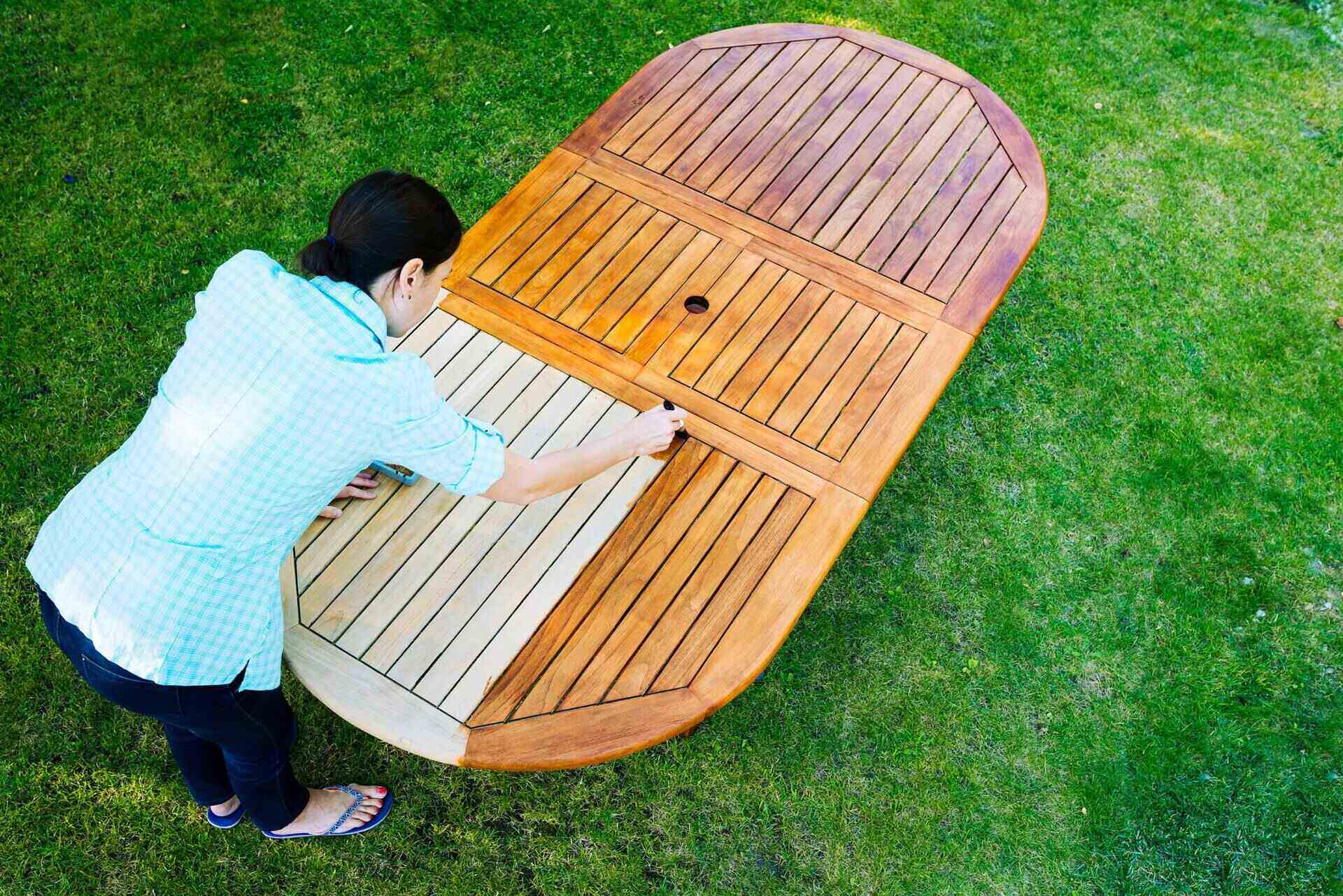
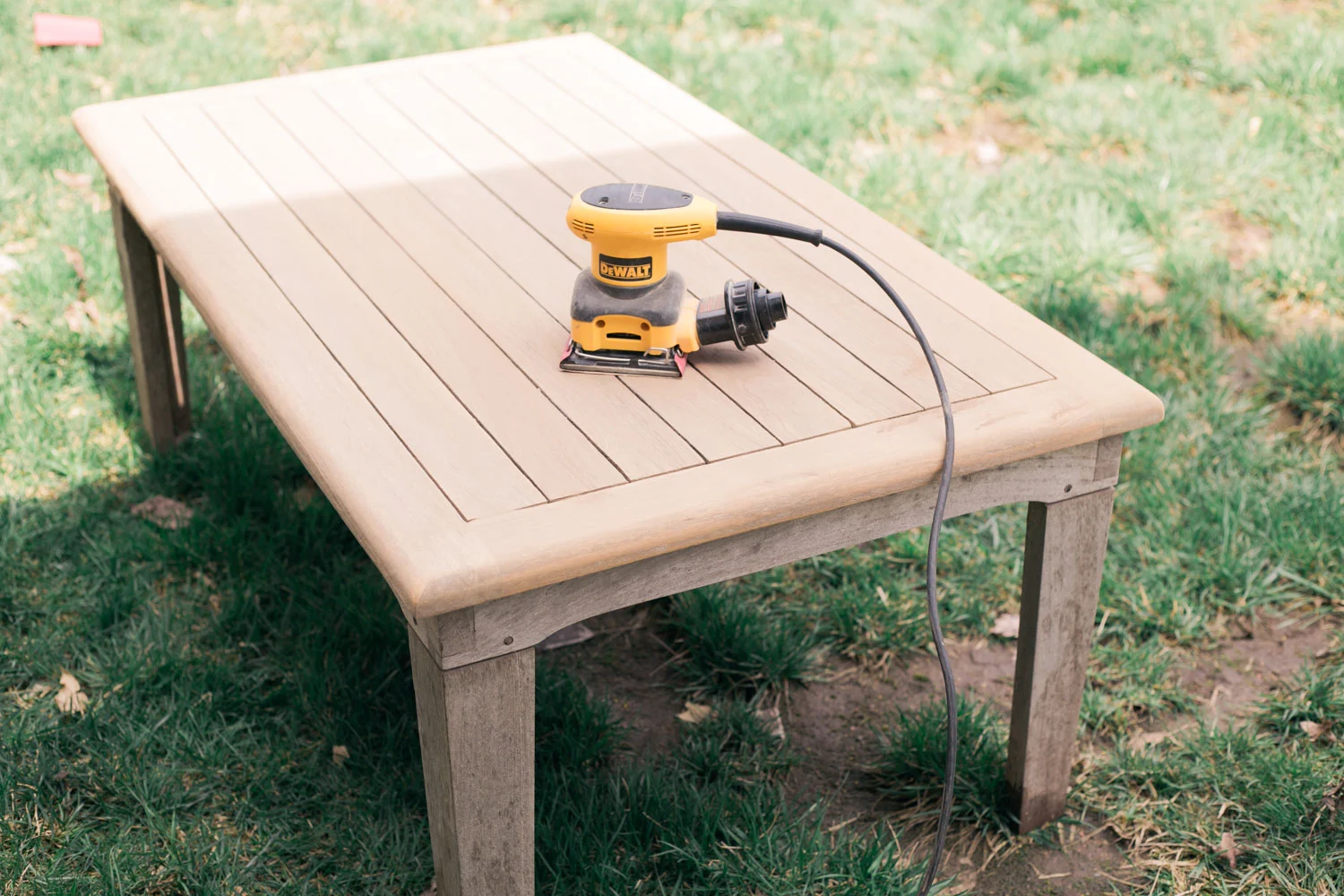
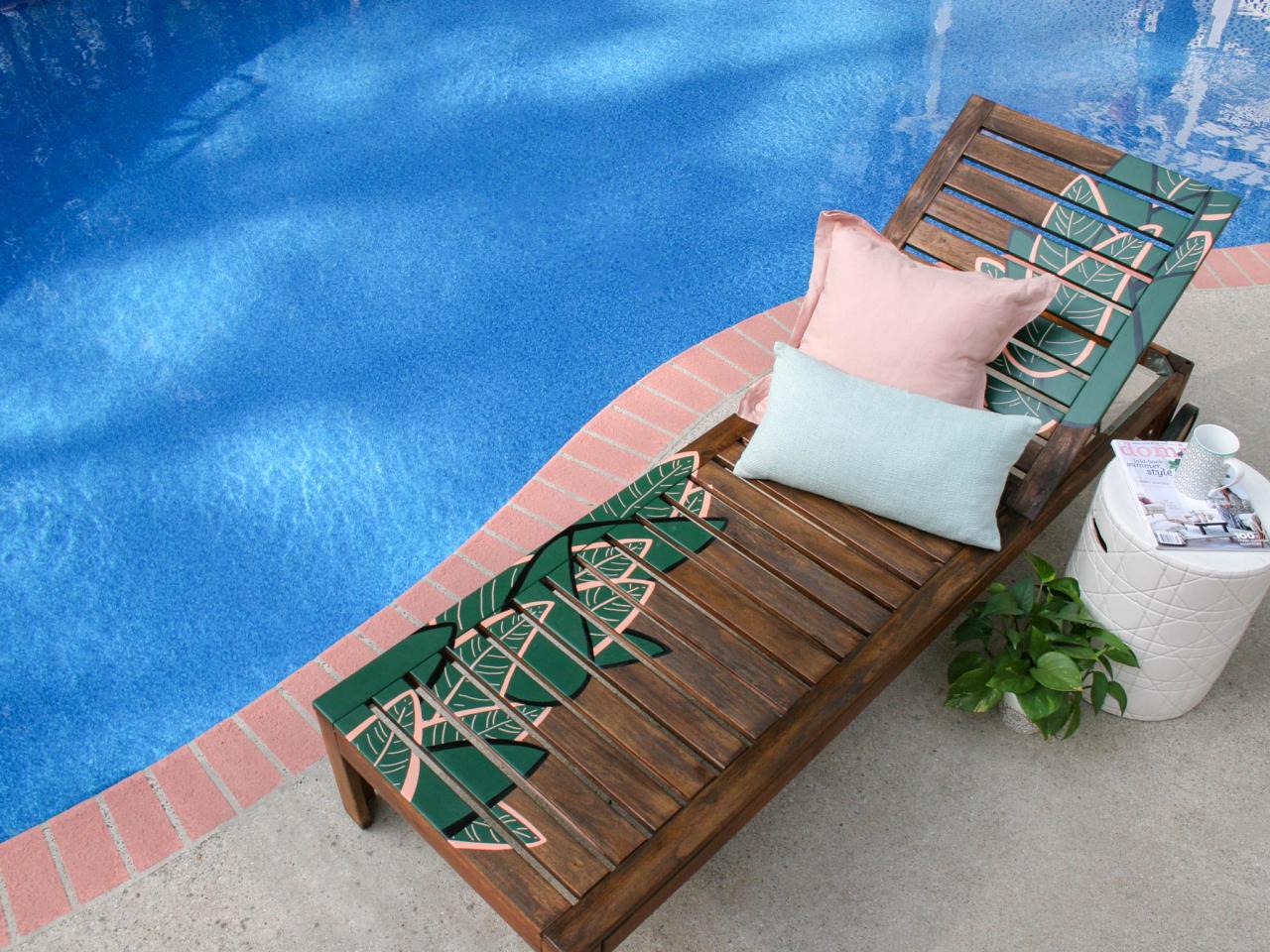
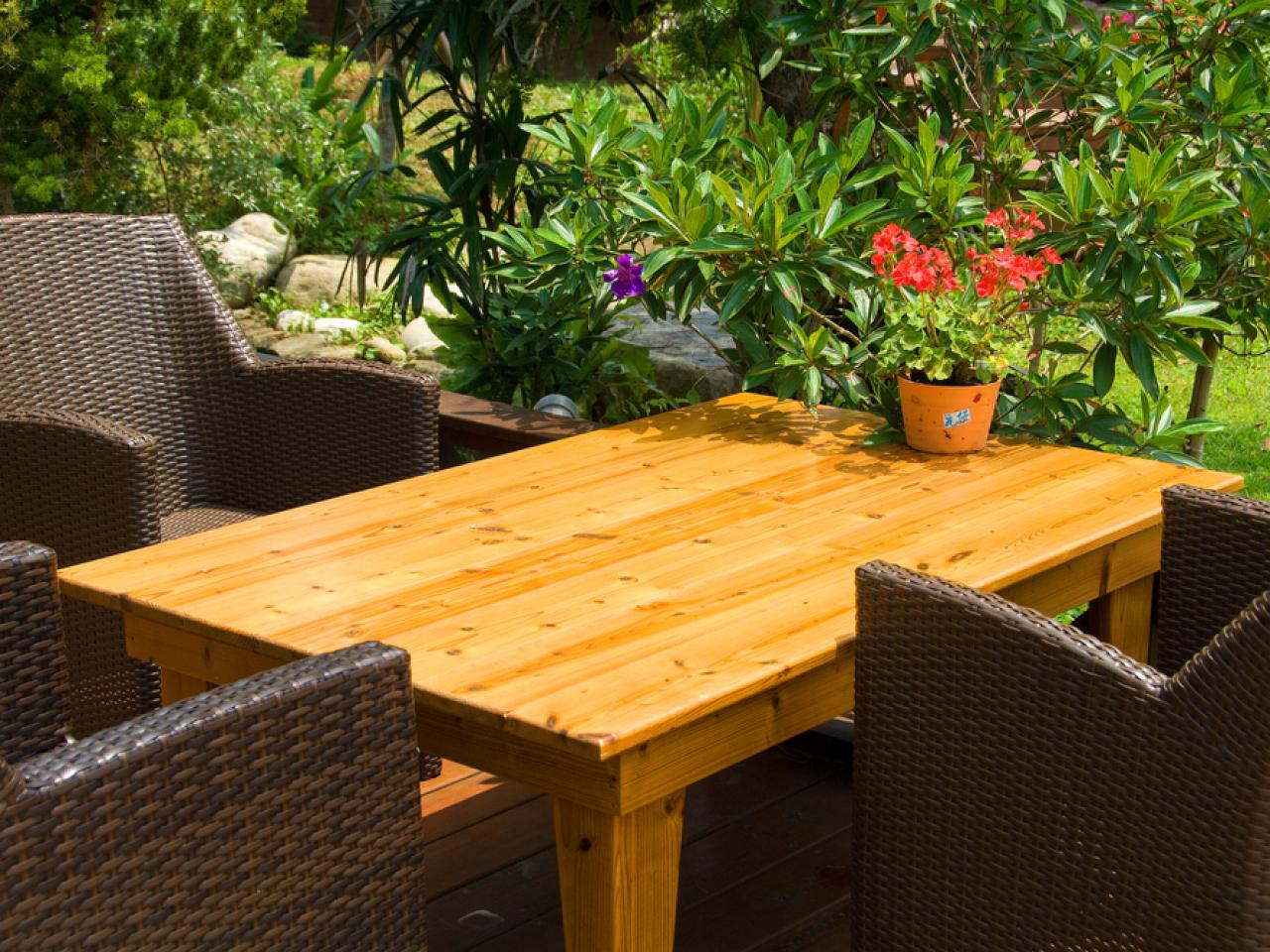
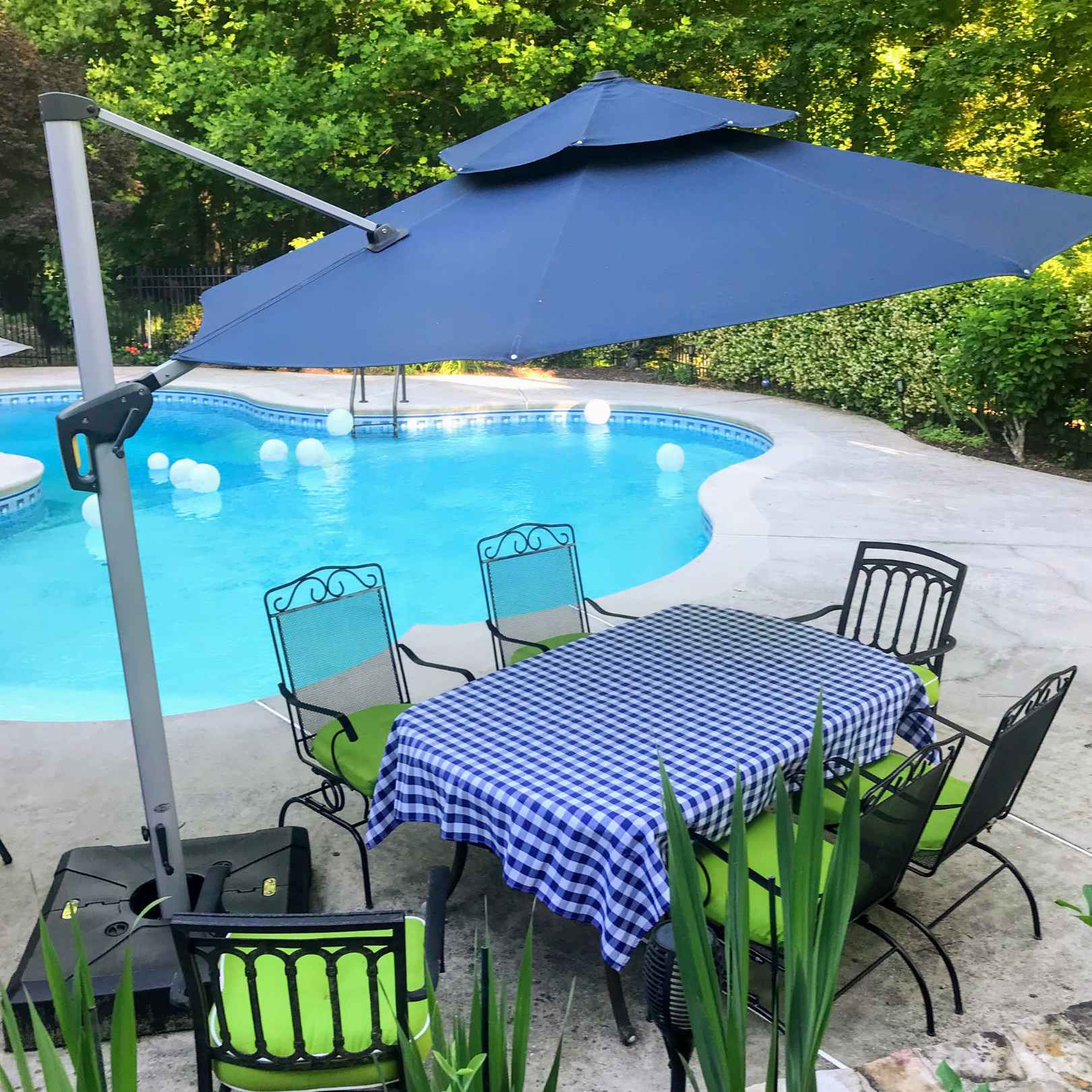
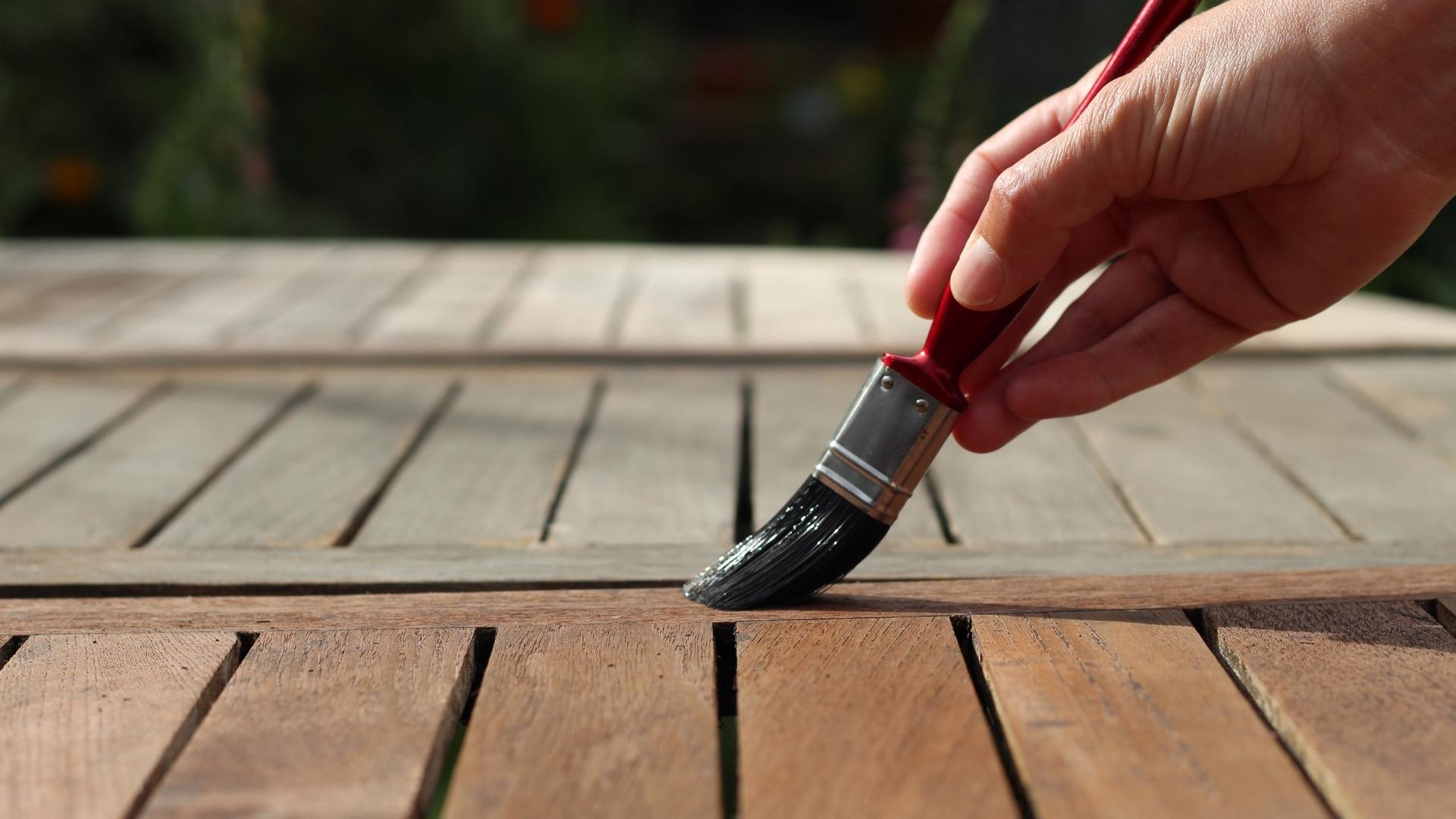
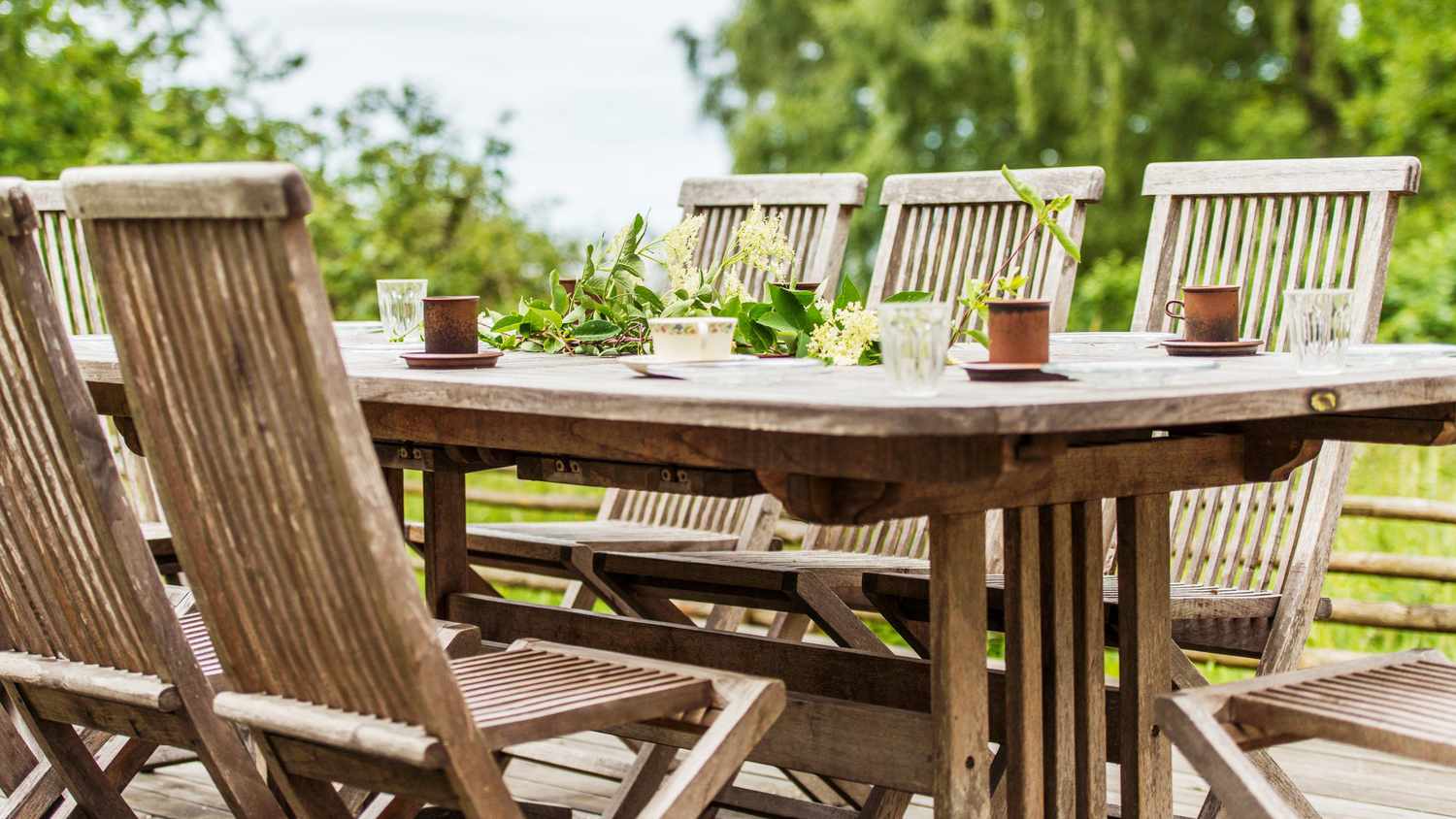
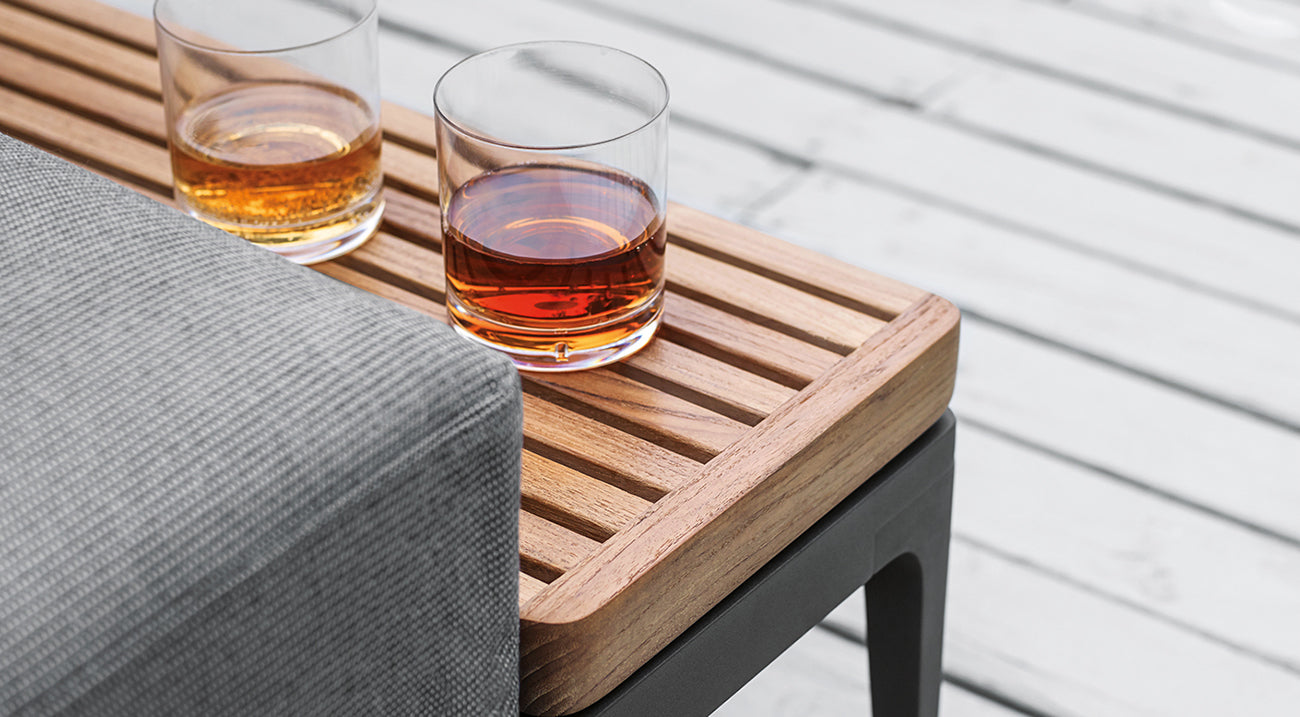
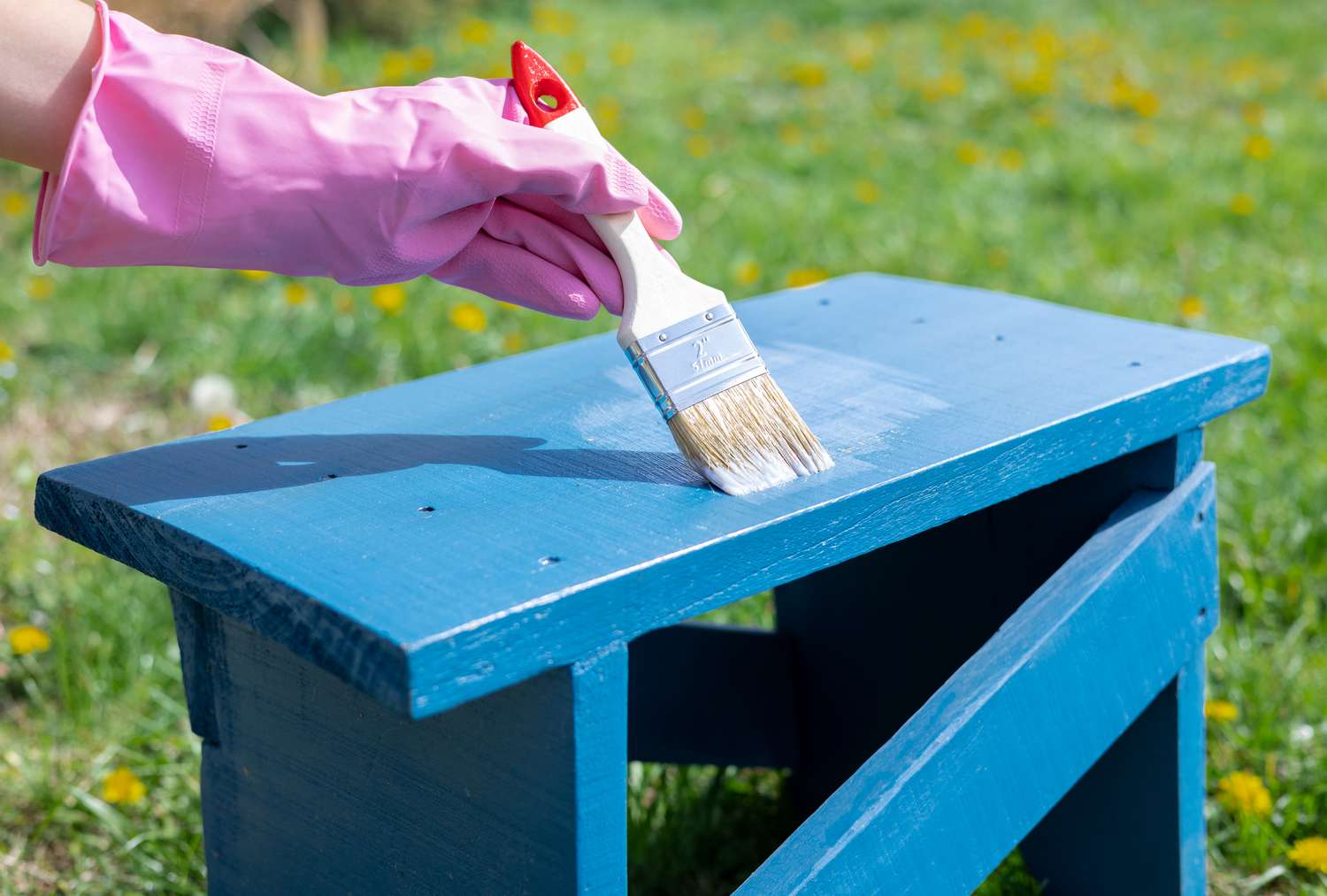
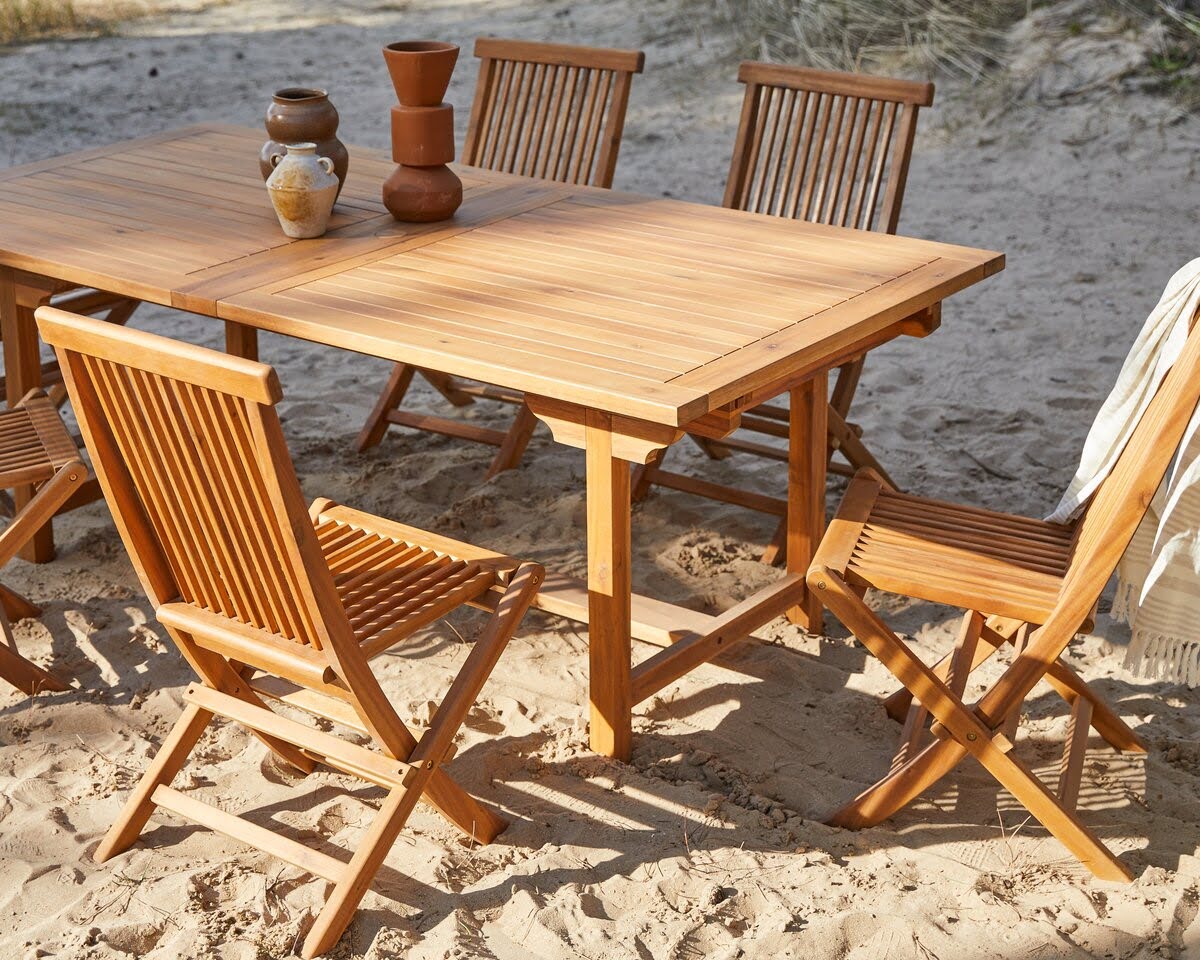
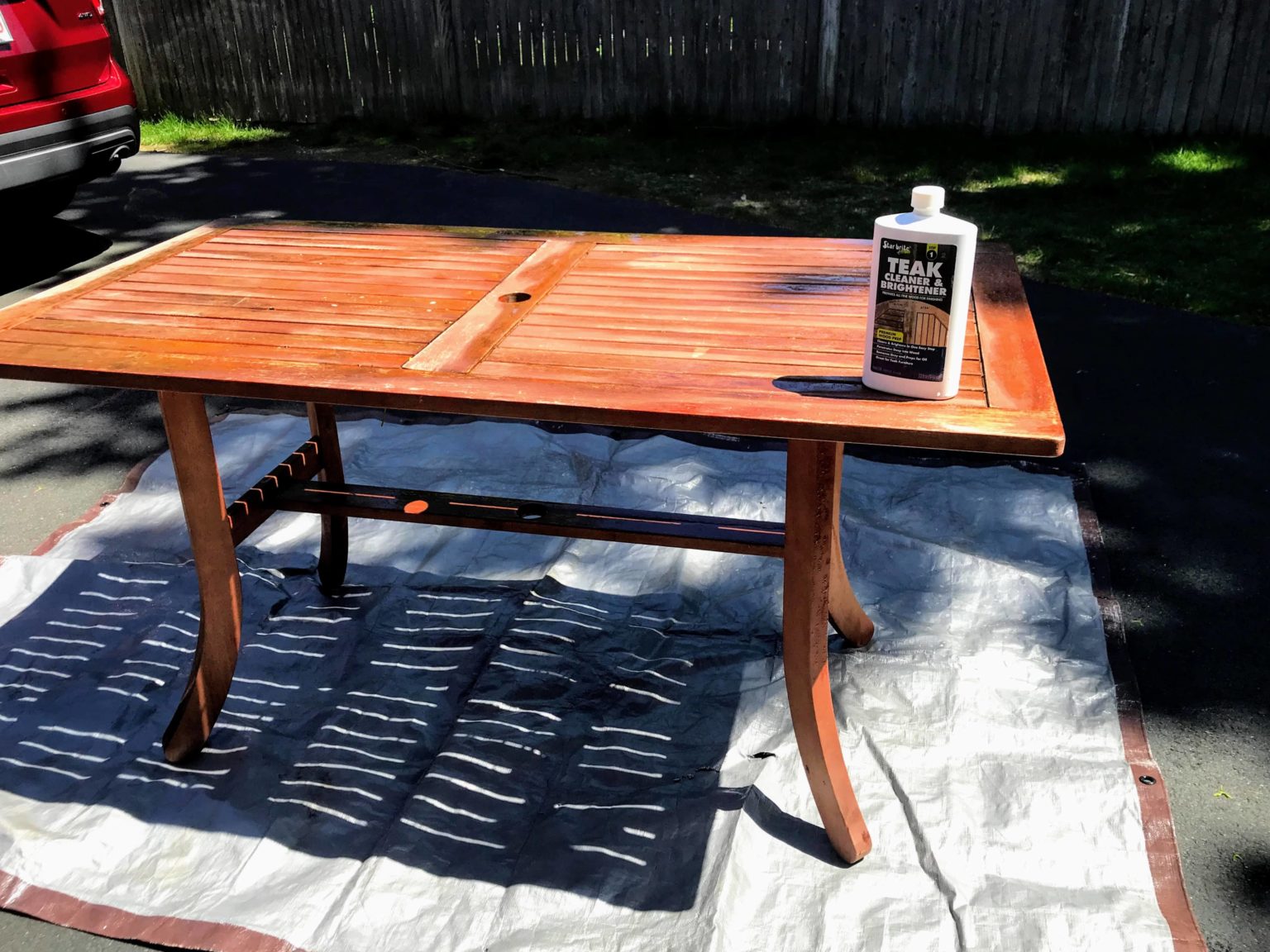
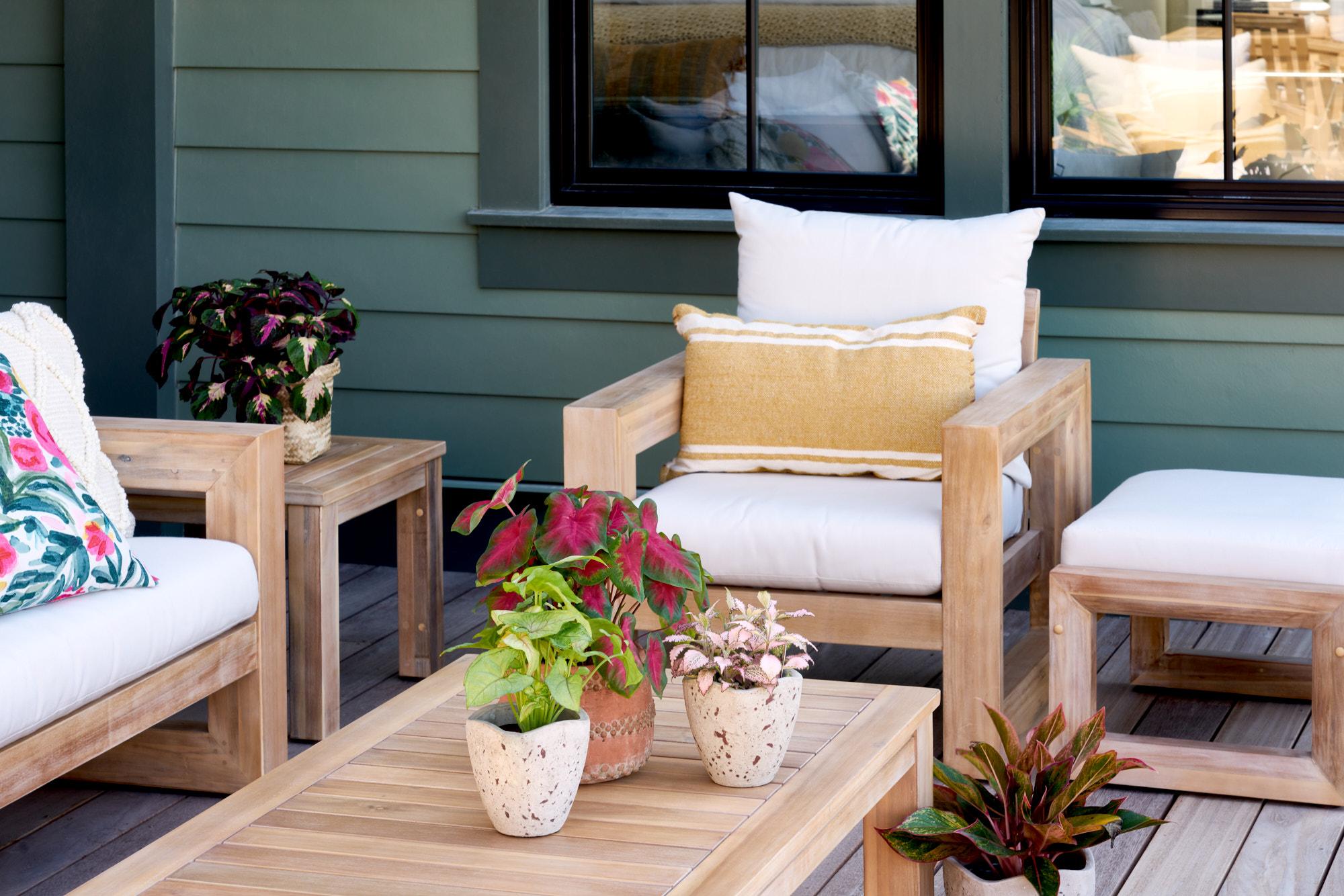
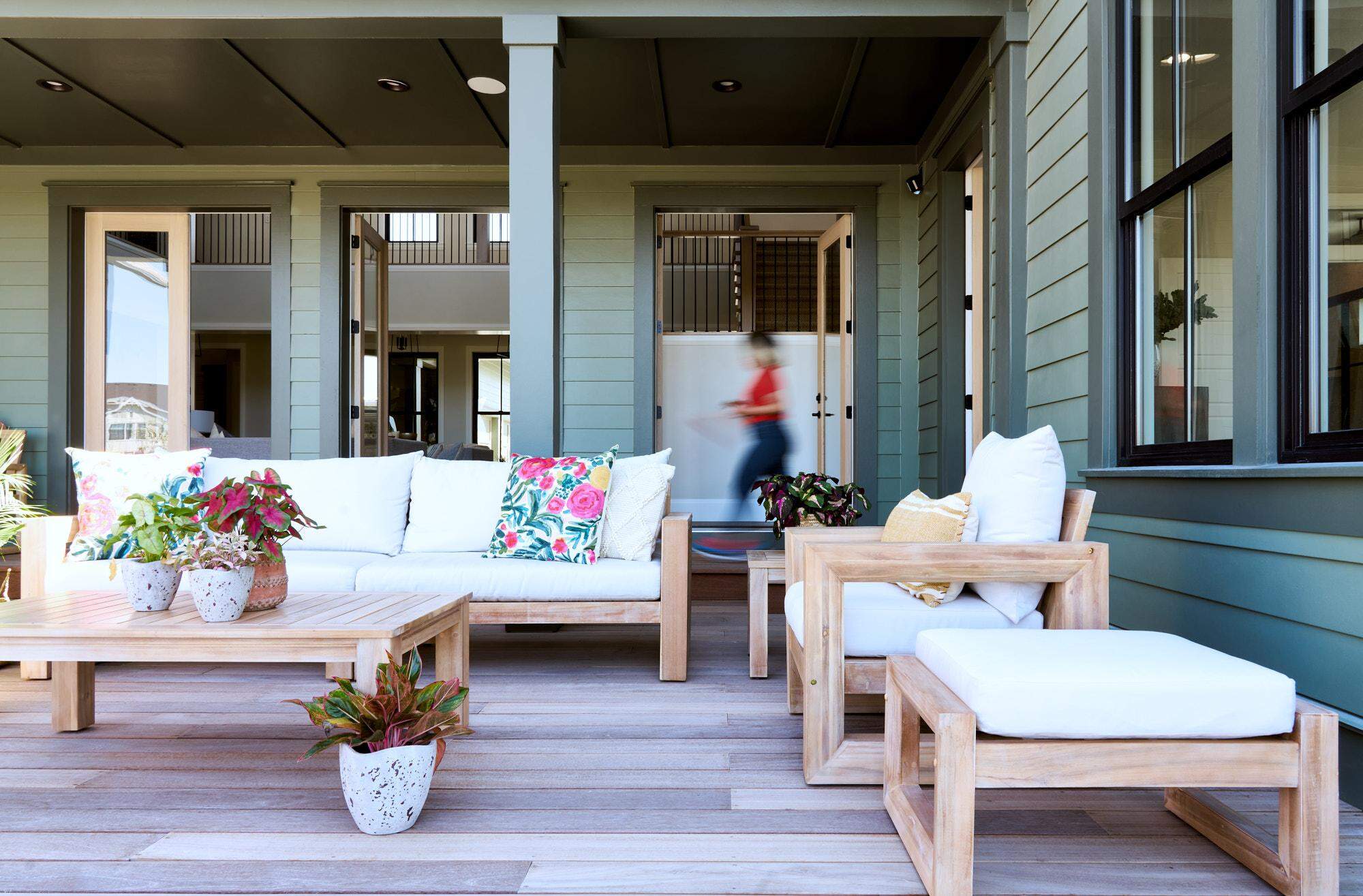
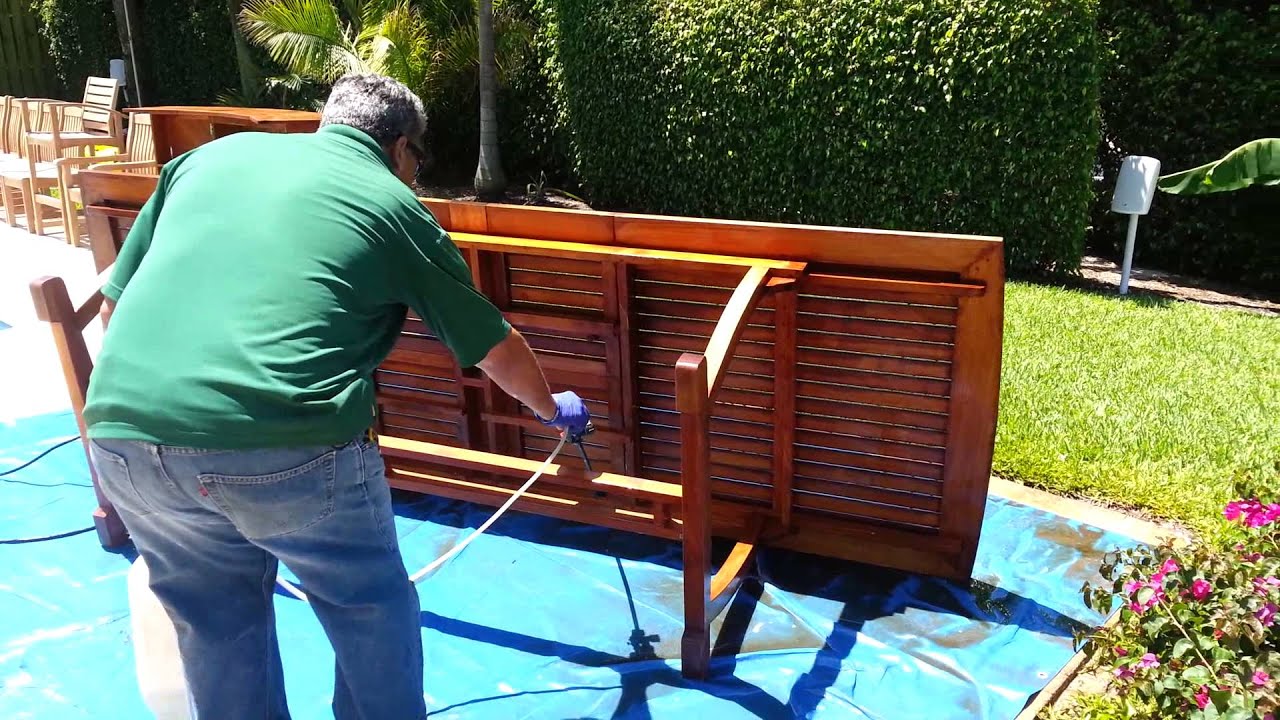

0 thoughts on “How To Waterproof Outdoor Wood Furniture”